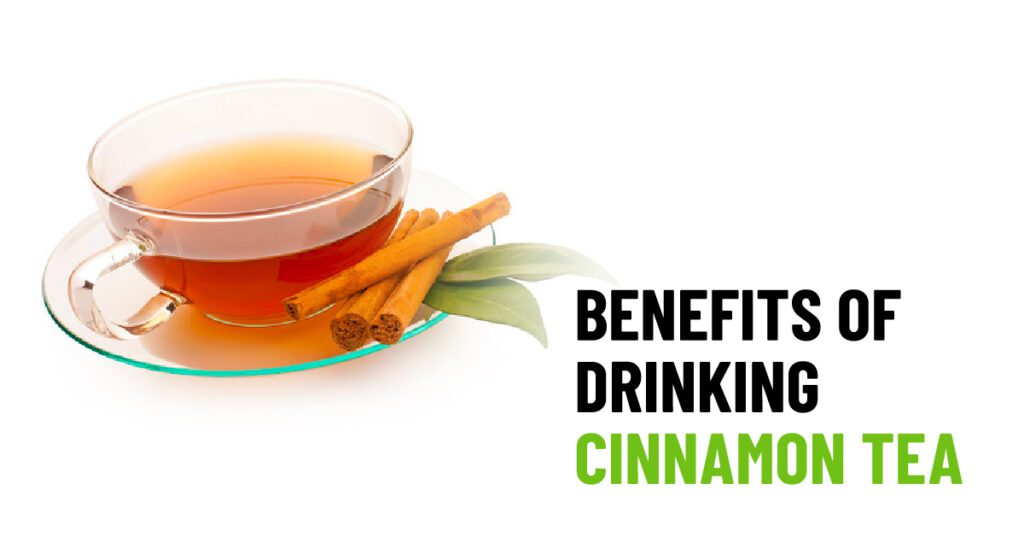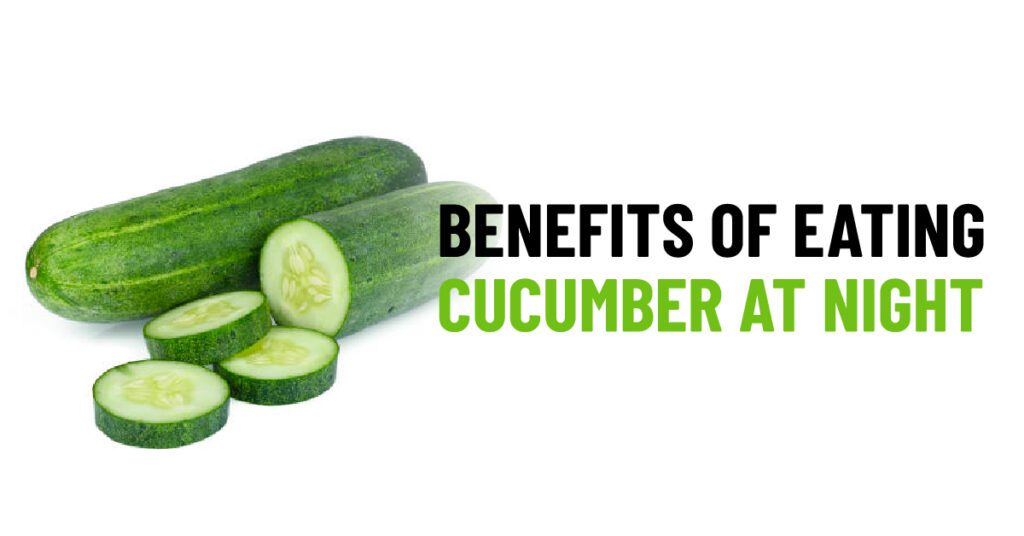How to Cure Fungal Infection on Skin Naturally

Also available in
Are you troubled by persistent skin fungal infections? The discomfort, itching, and inconvenience these infections bring can be challenging to endure. Yet, before diving into how to cure fungal infection on skin naturally, understanding the complexity of fungal infection on the skin is the first step toward finding lasting remedies.
Nature has provided a plethora of solutions that not only alleviate symptoms but also address the root cause without subjecting our skin to harsh substances.
In this guide, we will explore herbal remedies, essential oils, hygiene practices, and dietary modifications – all aimed at “how to cure fungal infection on skin naturally.”
Understanding Fungal Infections on the Skin
Fungal infections on the skin are medically termed dermatophytosis or tinea. They are caused by various fungi that thrive in warm, moist environments. These infections manifest in different forms, such as athlete’s foot, ringworm, or jock itch, each affecting specific areas of the body.
Common symptoms include redness, itching, flakiness, and sometimes blistering or cracking of the skin. These infections often spread through direct contact with infected individuals or contaminated surfaces.
Understanding the specific type of infection is crucial for targeted treatment. While they are not usually serious, fungal infections can be persistent if left untreated, causing discomfort and inconvenience.
How to Cure Fungal Infection on Skin Naturally
To naturally cure fungal infections on the skin involves a comprehensive strategy that encompasses dietary adjustments, herbal remedies, essential oils, hygiene practices, and lifestyle modifications. These strategies not only address the symptoms but also target the root cause of the infection, promoting healing from within.
Herbal Remedies for Skin Fungal Infections
1. Aloe Vera:
Aloe Vera is known for its soothing properties. Aloe vera gel aids in relieving itching and inflammation associated with fungal infections. Apply fresh aloe vera gel directly to the affected area for relief of fungal infection.
2. Plain yogurt:
It contains probiotics and lactic acid, which can rebalance the skin’s natural flora, potentially inhibiting fungal growth. Applying plain yogurt directly to the affected area for 20-30 minutes and rinsing it off may help alleviate symptoms of fungal infections like itching and inflammation.
3. Garlic:
Garlic is known for its antifungal properties due to allicin. Garlic offers relief from skin fungal infections. Crush garlic cloves and apply the juice directly to the affected area or consume it raw to combat fungal growth.
4. Turmeric:
Curcumin is the active compound in turmeric and exhibits potent antifungal and anti-inflammatory properties. Creating a paste with turmeric powder and water and applying it topically aids in reducing inflammation and inhibiting fungal growth.
5. Basil:
Basil contains compounds like eugenol, known for their antimicrobial and antifungal properties. Creating a basil-infused oil or paste and applying it to the skin can help combat fungal growth and relieve discomfort.
6. Honey:
Honey has potent antimicrobial properties due to its high methylglyoxal content. Applying honey to the affected skin may assist in healing and combating fungal infections.
7. Calendula:
Calendula possesses anti-inflammatory and antifungal properties, making it an excellent remedy for skin fungal infections. Creams or ointments containing calendula extract soothe irritated skin and promote healing.
8. Neem leaves:
Neem’s active compound, azadirachtin, exhibits antifungal properties. Applying neem oil or a paste made from neem leaves can effectively combat fungal infections.
9. Black Walnut:
Black walnut hulls contain juglone, a compound with antifungal properties. Using black walnut extract or tincture topically on the affected areas may assist in addressing fungal infections.
10. Apple Cider Vinegar:
The acidic nature of apple cider vinegar creates an unfavorable environment for fungi. Dilute it with water and apply it to the skin to combat fungal infections effectively.
Essential Oils for Treating Fungal Infections
1. Tea Tree Oil:
Tea tree oil has potent antifungal properties, particularly against various fungi like Candida albicans and dermatophytes responsible for skin infections. Dilute tea tree oil with a carrier oil like coconut or olive oil before applying it to the affected area. It can be used topically as a solution or incorporated into creams, lotions, or shampoos.
2. Oregano Oil:
Oregano oil contains carvacrol and thymol, compounds known for their antifungal properties against various fungal strains. Dilute oregano oil before applying topically, as it can be quite potent. It’s typically used sparingly due to its strength.
3. Lavender Oil:
Lavender oil possesses antiseptic and antifungal properties, aiding in soothing skin irritations and inhibiting fungal growth. Dilute lavender oil and apply topically to the affected area or add a few drops to bathwater for overall skin health.
4. Eucalyptus Oil:
Eucalyptus oil contains compounds like cineole, demonstrating both antifungal and antibacterial properties. Dilute eucalyptus oil and apply topically or add it to a diffuser for inhalation, especially useful for respiratory fungal infections.
5. Clove Oil:
Clove oil exhibits potent antimicrobial properties, including antifungal effects against various fungi. Dilute clove oil with a carrier oil and apply it to the affected area, but use it sparingly due to its strong nature.
6. Thyme Oil:
Thyme oil is rich in thymol. Thyme oil effectively fights fungal infections. Dilute and apply topically to address fungal issues.
7. Lemongrass Oil:
Lemongrass oil contains citral, exhibiting fungicidal properties against various fungi. Dilute lemongrass oil and apply topically, but perform a patch test first to check for skin sensitivity.
8. Rosemary Oil:
With its antifungal properties, rosemary oil assists in relieving symptoms associated with skin fungal infections.
9. Coconut Oil:
Caprylic acid in coconut oil has antifungal properties. Applying coconut oil directly to affected areas can help reduce fungal growth and alleviate symptoms.
10. Cinnamon Oil:
Cinnamon oil contains compounds that exhibit antifungal properties, making it effective in combating fungal infections on the skin.
Hygiene Practices for Prevention
Keep Skin Clean and Dry:
- Regularly wash the skin with mild soap and water to remove sweat, dirt, and excess oil.
- Thoroughly dry the skin, especially in areas prone to moisture accumulation, such as between toes and skin folds.
Wear Breathable Clothing:
- Choose breathable fabrics like cotton to allow proper air circulation and reduce moisture buildup on the skin.
- Change out of damp or sweaty clothes promptly, especially after exercising or being in humid environments.
Avoid Sharing Personal Items:
- Refrain from sharing towels, clothing, or personal items that come in direct contact with the skin to prevent the spread of fungal infections.
Practice Proper Foot Hygiene:
- Keep feet clean and dry, especially between toes, to minimize the risk of conditions like athlete’s foot.
- Wear clean, moisture-absorbing socks and well-ventilated shoes, and avoid walking barefoot in public places.
Use Antifungal Powders or Sprays:
- Incorporate antifungal powders or sprays in areas prone to moisture to prevent fungal growth, especially in shoes or clothing.
Maintain Clean Bedding and Personal Items:
- Regularly wash and dry bedding, towels, and personal items to prevent the accumulation and spread of fungi.
Avoid Harsh Chemicals:
- Use mild soaps and skincare products to avoid disrupting the skin’s natural balance, which can make it more susceptible to infections.
Practice Good Nail Hygiene:
- Keep nails trimmed and clean, avoiding nail-biting or picking to reduce the risk of fungal infections around nails.
Shower After Physical Activities:
- Shower and change clothes after engaging in activities that cause sweating to prevent moisture buildup on the skin.
Regular Skin Checks:
- Routinely inspect the skin for any signs of fungal infections, such as redness, itching, or unusual rashes, and seek prompt treatment if needed.
When to Seek Doctor Help for Fungal Infections?
Seek professional medical help under these circumstances related to persistent or recurring infections:
- If the infection persists longer than expected or doesn’t improve despite home remedies or over-the-counter treatments.
- Multiple occurrences of the same or related infections within a short timeframe.
- Presence of severe symptoms like high fever, intense pain, breathing difficulties, or persistent vomiting.
- If the infection leads to complications such as spreading to other body parts or causing secondary infections.
- For individuals with weakened immunity due to medical conditions, ongoing treatments, or recent surgeries, seeking immediate help for any sign of infection is crucial.
- If you have chronic health issues like diabetes or HIV/AIDS and notice signs of infections, consulting healthcare providers promptly is essential.
- Ongoing discomfort disrupting daily life or a decline in overall health due to the infection.
- Suspicions of antibiotic resistance or ineffective treatments should prompt discussions with healthcare professionals.
- Appearance of new or unusual symptoms alongside the infection, particularly if concerning or distressing.
- For children, the elderly, or pregnant individuals, immediate consultation for any suspected infection due to increased vulnerability.
- If personal concerns or uncertainties arise about the infection, seeking medical advice provides clarity and peace of mind.
Conclusion
Addressing fungal infections on the skin naturally involves a multifaceted approach incorporating various remedies and lifestyle adjustments. Balancing natural remedies with medical guidance ensures a comprehensive and safe approach to naturally curing fungal skin infections.
Frequently Asked Questions (FAQs)
Are natural remedies as effective as medical treatments?
Natural remedies can effectively manage mild fungal infections and offer holistic benefits but might not match the potency of medical treatments, particularly for severe cases. While remedies like tea tree oil or coconut oil show antifungal properties, prescribed medications are more targeted and faster-acting. Individual responses, infection severity, and remedy potency influence effectiveness. While natural remedies complement treatment, severe cases should be addressed by healthcare providers for appropriate care.
Are natural remedies safe for everyone, including children?
Natural remedies, including essential oils, may not be safe for everyone, especially children, due to potential skin sensitivities and allergic reactions. Children, with more delicate skin, might react adversely to these potent remedies. Consulting healthcare providers ensures safe usage, considering age and individual health conditions.
You May Also Like To Read…
- Best Birth Control for PCOS – Which Is the Right Option?
- How Visual Migraine Affect Your Sight – Migraines on Display
- Uses and Benefits of Apple Cider Vinegar For Sore Throat
- 10 Amazing Ashwagandha Benefits for Female
- How to Get Rid of Constipation Fast at Home?
Article References
- https://pharmeasy.in/blog/try-these-simple-home-remedies-for-fungal-infections/
- https://www.starhealth.in/blog/remedy-for-fungal-infection-skin
- https://healthnews.com/health-conditions/immunity-infections/how-to-cure-fungal-infections-on-the-skin-naturally/
- https://www.stylecraze.com/articles/how-to-avoid-fungal-infections-during-the-rains-preventive-methods-and-home-remedies/
- https://www.carehospitals.com/blog-detail/home-remedies-for-fungal-infection/






